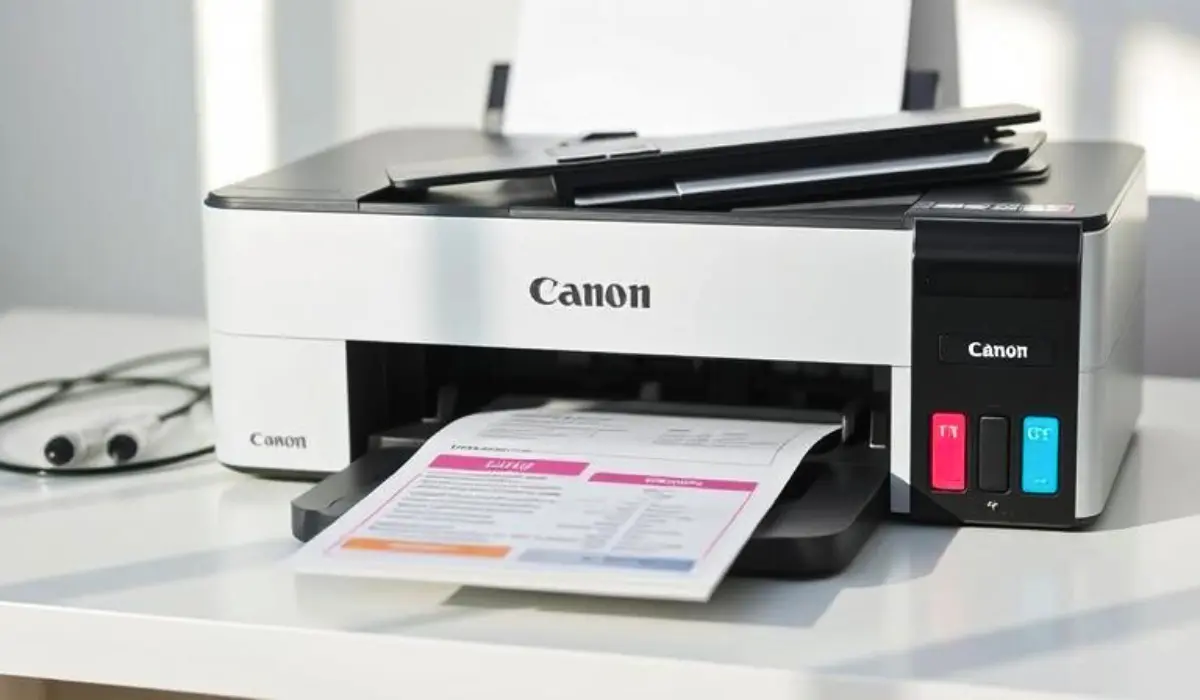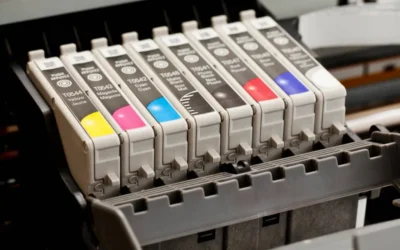How to Run a Cleaning Cycle on Canon Printer?
Keeping your Canon printer in top condition is essential for maintaining print quality and extending the life of your device. Over time, ink residue and dust can build up inside the print head, leading to faded prints, streaks, or missing colors. Fortunately, Canon printers come with a built-in cleaning function that helps solve these issues. If you’re wondering how to run a cleaning cycle on Canon printer, you’re in the right place. This guide will walk you through the process step-by-step, whether you’re using a Canon inkjet or laser printer. By the end, you’ll feel confident in performing this simple maintenance task, ensuring your printer delivers sharp, vibrant results every time.
Why Print Head Cleaning Is Important?
Print heads are the component in your Canon printer responsible for transferring ink onto paper. If these heads get clogged or blocked, your prints can look uneven or incomplete. Ink drying up, especially in printers that aren’t used frequently, is a common cause of print head clogs.
Running a cleaning cycle can:
Improve overall print quality
Prevent long-term damage to the print head
Save ink and paper by avoiding repeated misprints
Extend the life of your Canon printer
By performing regular maintenance, you’ll avoid the frustration of poor-quality prints and potentially costly repairs.
Understanding the Two Types of Cleaning
Canon printers offer two levels of cleaning:
1. Standard Cleaning
This is a quick process that usually clears minor clogs in the nozzles. It consumes less ink and is typically the first method to try when print quality declines.
2. Deep Cleaning
This option is for more serious clogs or if the standard cleaning doesn’t fix the problem. Deep cleaning uses more ink but offers a more thorough result.
How to Run a Cleaning Cycle on a Canon Printer (Windows)
If you’re using a Windows PC, follow these steps:
- Turn on your Canon printer and make sure it’s connected to your PC.
- Open the Control Panel and go to “Devices and Printers.”
- Right-click your Canon printer and choose “Printing Preferences.”
- Navigate to the Maintenance tab.
- Select Cleaning (for standard) or Deep Cleaning.
- Choose the ink group if prompted (Black or Color).
- Click Execute, then confirm. The printer will begin the cleaning cycle.
After the cleaning, you’ll be asked to print a Nozzle Check Pattern. Compare the results with the provided sample to see if further cleaning is needed.
How to Run a Cleaning Cycle on a Canon Printer (Mac)
If you’re a Mac user, the steps are slightly different:
- Click the Apple Menu and go to System Settings or System Preferences.
- Select Printers & Scanners.
- Click on your Canon printer, then hit Options & Supplies.
- Go to the Utility tab.
- Click Open Printer Utility.
- Choose Cleaning or Deep Cleaning, depending on your needs.
- Select the ink group, then confirm.
The printer will take a few minutes to complete the cycle. Once it’s done, you can print a test page to evaluate the results.
Using the Printer’s Control Panel for Cleaning
Many Canon printers also allow you to start a cleaning cycle directly from the printer’s control panel:
- Make sure the printer is powered on and has paper loaded.
- From the Home screen, navigate to Setup or Maintenance using the arrow keys.
- Choose Cleaning or Deep Cleaning.
- Select the ink group and confirm.
This method is particularly useful if your printer isn’t currently connected to a computer.
When Should You Run a Cleaning Cycle?
Knowing when to perform a cleaning cycle can save you time and ink. Here are a few situations where cleaning might be necessary:
You’re noticing streaks, lines, or missing colors in your prints
The printer has been unused for a few weeks or longer
If a Nozzle Check Pattern shows gaps or inconsistencies
It’s important to note that frequent cleaning can consume a significant amount of ink. Therefore, it’s best to only run a cleaning cycle when print quality visibly declines.
Troubleshooting Tips
If you’re still having issues after a deep cleaning:
Wait 24 hours and try another deep clean.
Check that you’re using genuine Canon ink cartridges.
Inspect the cartridges for dried ink or damage.
Remove and gently clean the print head with a lint-free cloth and distilled water (only if your printer allows it).
Contact Canon customer support if the problem persists.
Regular use of the printer also helps prevent clogging. Try to print something at least once a week, even if it’s just a test page.
Preventive Maintenance Tips
Keep your printer in a dust-free and dry location.
Always turn off the printer properly using the power button.
Don’t leave your printer idle for long periods.
Use high-quality, compatible ink recommended by Canon.
Periodically print a Nozzle Check Pattern to catch issues early.
These small habits can make a big difference in your printer’s long-term performance.
Conclusion
Now that you know exactly how to run a cleaning cycle on Canon printer, you’re equipped to handle one of the most common printer maintenance tasks with ease. Whether you choose to use your computer, the printer control panel, or the utility software, performing a cleaning cycle can restore your print quality quickly and efficiently. Just remember not to overdo it—run a cycle only when necessary, and always follow up with a nozzle check to confirm results. With routine maintenance and care, your Canon printer can deliver reliable, high-quality prints for years to come.



